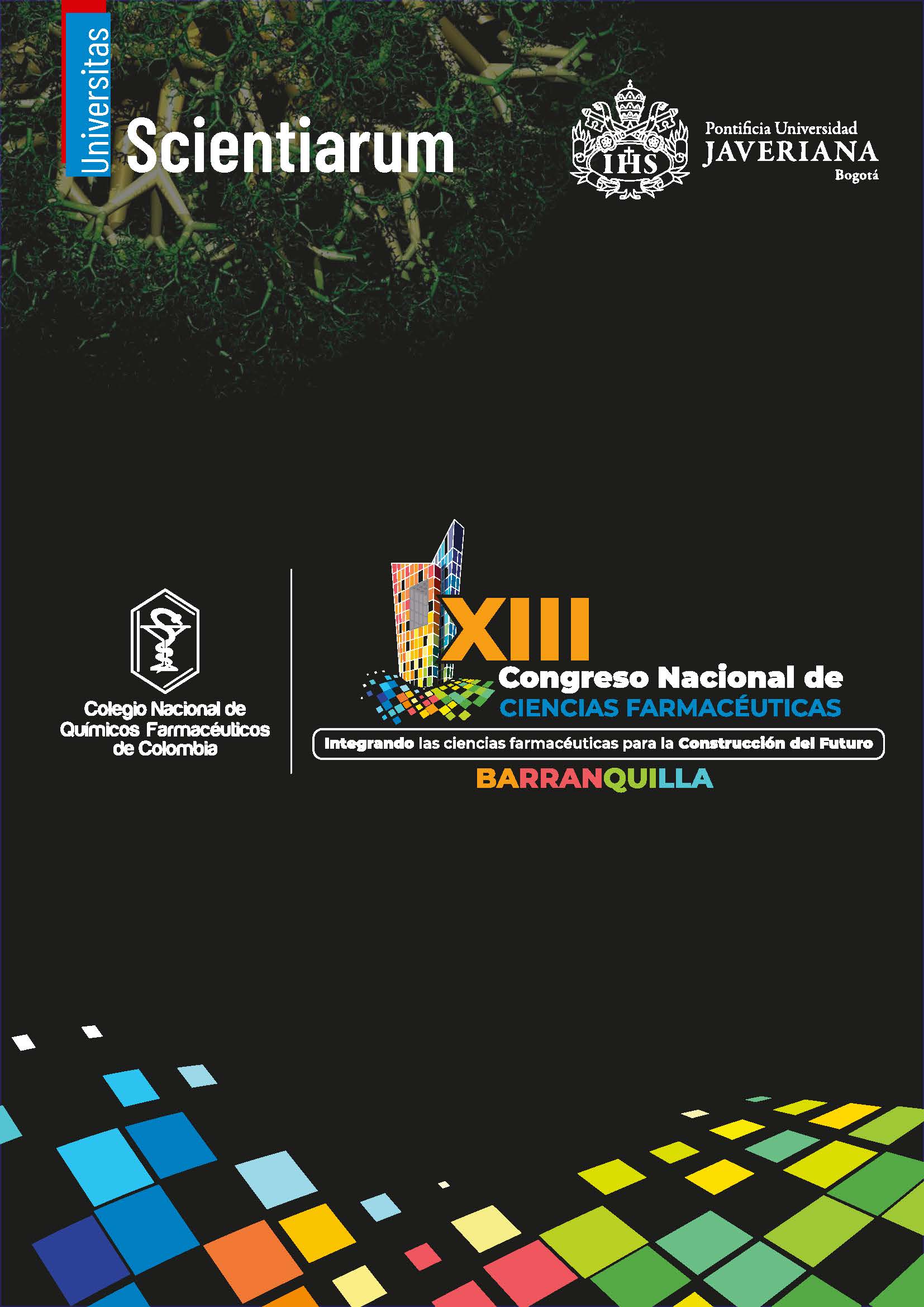Abstract
The National TB Program indicates that the number of tests for latent tuberculosis infection (LTBI) in patients with chronic kidney disease on renal replacement therapy (CKD-RRT) is insufficient. The objective of this study was to establish the cost-benefit of diagnostic pathways for LTBI versus the natural history of the disease in CKD-RRT patients, from a societal perspective. A cost-benefit analysis was conducted from a societal perspective using a hybrid prediction model. A decision tree was used to evaluate the diagnostic performance of each pathway, and a Markov model was employed to predict the outcomes of LTBI identification at 5, 10, and 20 years. Study parameters were derived from literature on Tuberculin-PPD and QuantiFERON® TB-Gold-Plus in the CKD-RRT population, studies on LTBI to active tuberculosis progression, official financial and epidemiological sources, and data on the catastrophic costs of TB in Colombia. The annual discount rate was set at 3%, and deterministic and probabilistic sensitivity analyses were performed. The model identified a cost per patient of $92.59 USD for the PPD pathway and $197.30 USD for the QFT pathway; out-of-pocket expenses for the patients were $13.29 USD in both pathways. The cost of an active tuberculosis event was $4,810.47 USD, of which $1,633.45 USD was borne by the patient. The decision tree suggested better performance for QFT versus PPD (0.29 vs. 0.27). At 10 years, the diagnostic pathway that generated the best net monetary benefit (NMB) was QFT (NMB vs. Natural History: $154.41 USD; NMB vs. PPD: $88.22 USD), generating savings from year 6 onwards. PPD could be the pathway with the best NMB between 3 and 6 years; prior to any test would generate a net health cost. The factors with the greatest uncertainty were identified for QFT (LTBI prevalence, PPV, NPV), PPD (NPV, LTBI prevalence, PPV), and NMB (probability of progression from “CKD-RRT and LTBI-negative” to ATB). It can be concluded that the implementation of QuantiFERON® TB-Gold-Plus, followed by Tuberculin-PPD, are cost-beneficial scenarios for the CKD-RRT population from a societal perspective, compared to the natural course of the disease as the current prevention strategy in Colombia.

This work is licensed under a Creative Commons Attribution-NonCommercial 4.0 International License.


